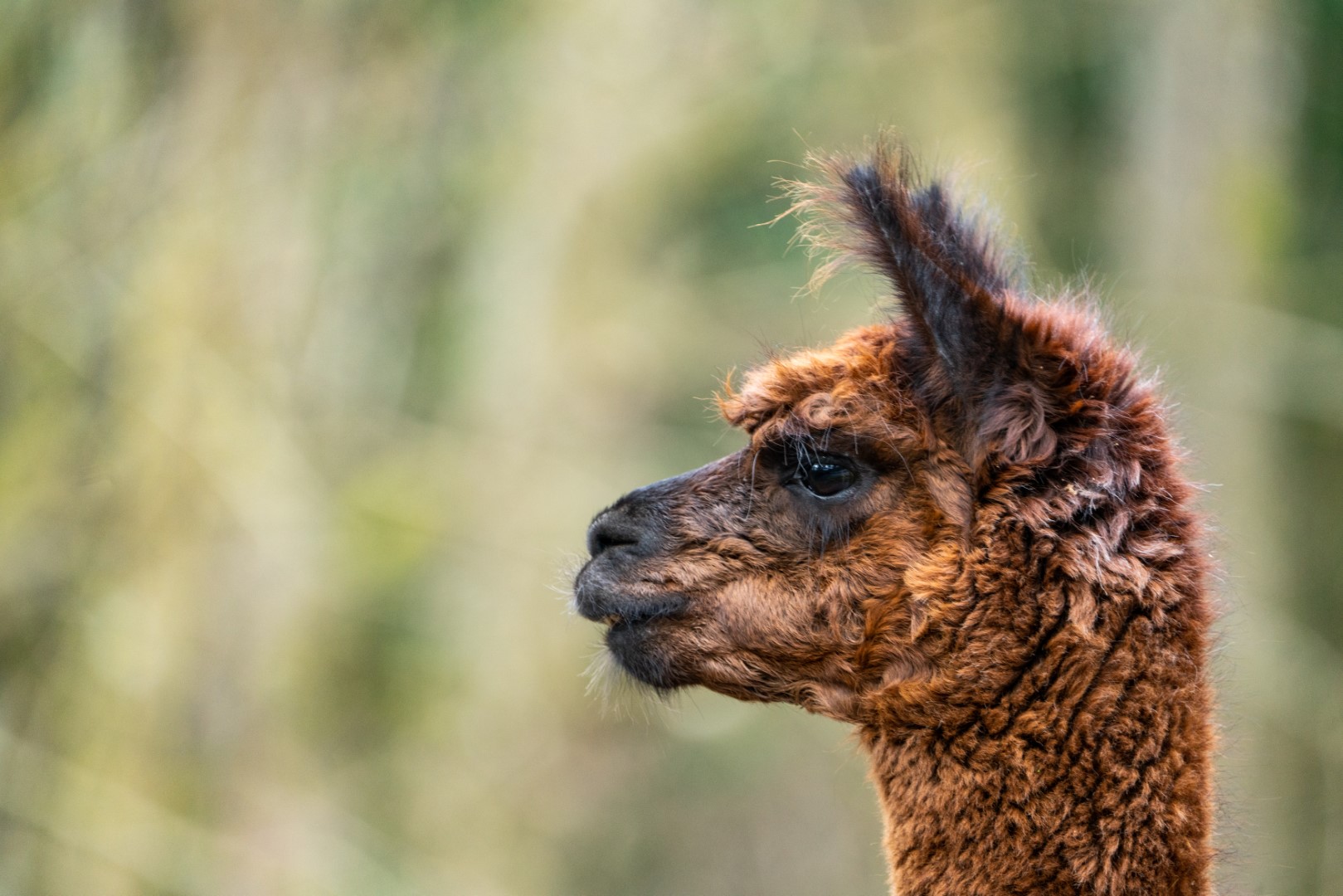Keine Vogelgrippe im Tiergarten: Häuser öffnen wieder

Im Tiergarten Nürnberg gibt es keinen Fall von Vogelgrippe: Das hat eine erneute Beprobung verschiedener Vogelarten ergeben. Das Wüstenhaus, das...
Alpacas have existed for around 5,000 years. It is thought they descend from the New World Camels, Guanako and Vikunja. The domestication of the species (breeding the animal to become a pet) began 5,000 years ago in South America. Today, alpacas are kept as pets all over the world. Unlike pets such as llamas, alpacas were originally kept to produce wool, rather than used for transportation.
In addition to cashmere and silk, alpaca wool is one of the finest natural fibers. In the Inca, an alpaca cloak was considered a sign of prosperity. To date, alpaca wool has not been used much in Europe. The constantly renewable wool has to be sheared regularly.


| Scientific Surname | Lama guanicoe f. pacos |
|---|---|
| Order | Artiodactyla |
| Family | Camelidae |
| Size | shoulder height 80-100 cm |
| Weight | male 70-85kg, female 55-67 kg |
| Reproduction | gestation period ca. 355 days, 1 subadult |
| Distribution | Andes |
| Habitat | mountains |
| Food | Grasses, Branches |
| Livestock | secured |
Der Tiergarten Nürnberg hat wieder Nachwuchs bei den Lama-Verwandten - den Alpakas - . Nach langer Pause in der Zucht dieser Haustiere kam am...
Weiterlesen ...